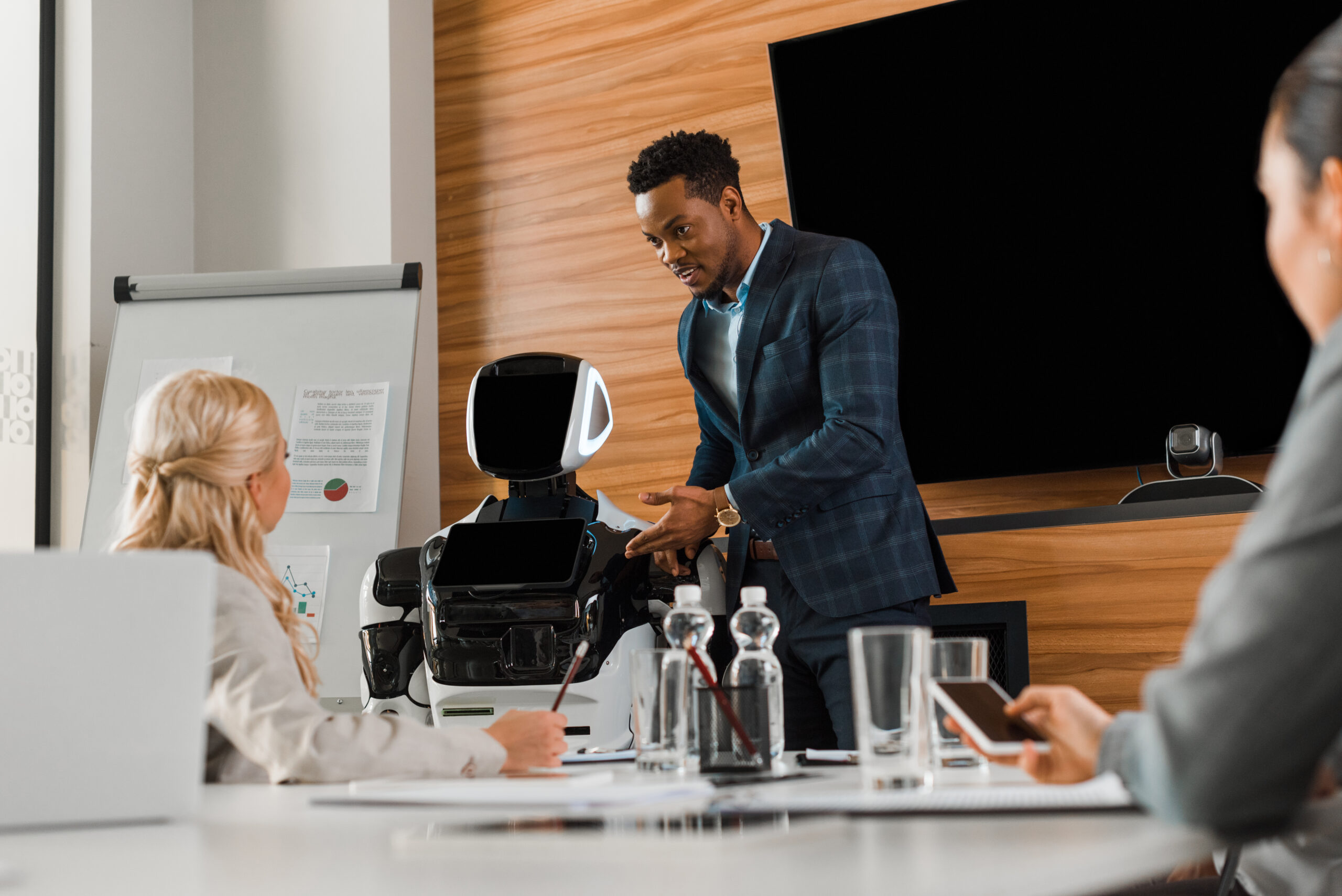Figure 01 (Figure) represents a pioneering venture in the field of humanoid robotics brought forth by the collaborative efforts of startup Figure AI and OpenAI. This endeavor aims to bridge the gap between advanced artificial intelligence (AI) and practical, physical tasks by creating a humanoid robot capable of learning, adapting, and interacting with its environment in ways previously thought to be the domain of science fiction.
Breakthrough of Visual Large Language Models
Using large visual language models (LLMs) for Figure 01’s training is a novelty. In contrast to conventional robots, which require explicit programming for every action, Figure 01 uses LLMs to process visual data to comprehend and do tasks. With this method, the Robot may interact with its surroundings much more naturally and be able to complete complicated tasks without the need for detailed instructions.
Multimodal Speech, Movement, Visual, and Touch
Interpretation through touch, movement, voice, and vision Figure 01 combines LLMs, each intended to handle a specific input. Using a multimodal approach, the Robot could interact with its surroundings more like a human being by perceiving and responding to various stimuli.
Integration LLM
We will see the integration of these individual LLMs into a single, cohesive multimodal LLM system, which will represent a significant advancement and make the Figure01 robots useful right out of the box! This integrated LLM predicts the outcomes of combining various inputs, such as visual cues with spoken commands, allowing Figure 01 to engage in complex tasks and decision-making processes.
Enhanced Learning through Unique Actions
The specific activities that Figure 01 does help improve learning for all robots (it can send what it learns to the cloud, which will then be helpful for the next Robot that syncs up) of its sort and for itself. By pushing the limits of what these machines can accomplish, the entire fleet of Figure 01 robots can grow and adapt thanks to this shared learning experience. The particular tasks performed in Figure 01 enhance learning for the Robot and all other robots of the same type. Because of this common learning experience, the entire fleet of Figure 01 robots can continuously evolve and adapt by pushing the boundaries of what these machines can accomplish.
Intellectual Property Considerations
The advent of robots like Figure 01 raises intricate questions about intellectual property (IP). Can a robot’s generated movement, speech pattern, or visual routine be patented? The unique nature of AI-generated content challenges traditional notions of IP, necessitating reevaluating existing laws and regulations.
Licensing for Robot Actions
Imagining a future where licensing is required for basic robot actions, such as sweeping the floor or climbing a ladder, are apps that can be purchased or licensed. This IP issue underscores the potential complexities of commercializing AI-driven robots. A situation like this emphasizes the necessity for precise rules regarding the application and allocation of AI capabilities, but those who are first to the patent office will ultimately get a land grab share of IP,
IP Strategy for Robot Makers
For robot manufacturers, developing a robust IP strategy is crucial. This strategy should protect their innovations while fostering collaboration and shared advancement. It might involve patenting specific technological frameworks, software, or even unique robot capabilities. The users of the Figure01 robots may equally need an IP strategy, for why would they waste their time training a skill without getting remunerated? Just like Alexa skills, AI robot skills will have business models.
IP Considerations for Robot Users
Users training these robots face their own set of IP challenges. They must navigate the legal landscape to understand what aspects of their training data, techniques, and resultant robot behaviors are protected or need licensing.
Robot-Generated IP
Whether a robot like Figure 01 can use its internal prompts and file for patents (for the user) introduces a novel dimension to IP law. It challenges the foundation of creativity and invention, traditionally seen as uniquely human faculties.
The development of Figure 01 and its implications for AI, robotics, and IP law marks a significant milestone in technological advancement. As these robots become more integrated into society, the questions surrounding their capabilities, the legal rights to their outputs, and the best practices for managing their intellectual contributions will only become more pressing. Addressing these questions will require collaborative efforts from technologists, legal experts, and policymakers to ensure that the benefits of such innovations are maximized while navigating the complex landscape of intellectual property rights.

